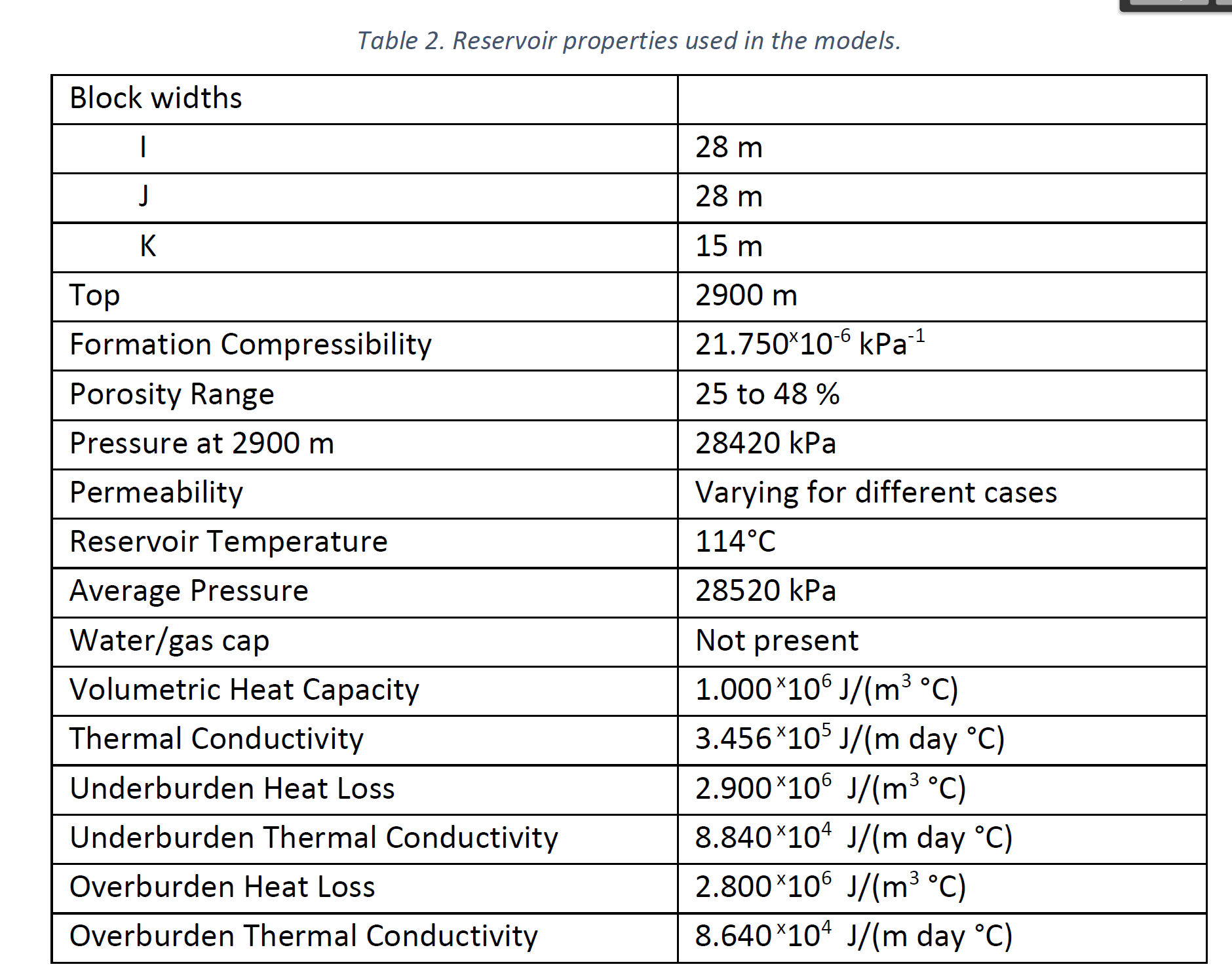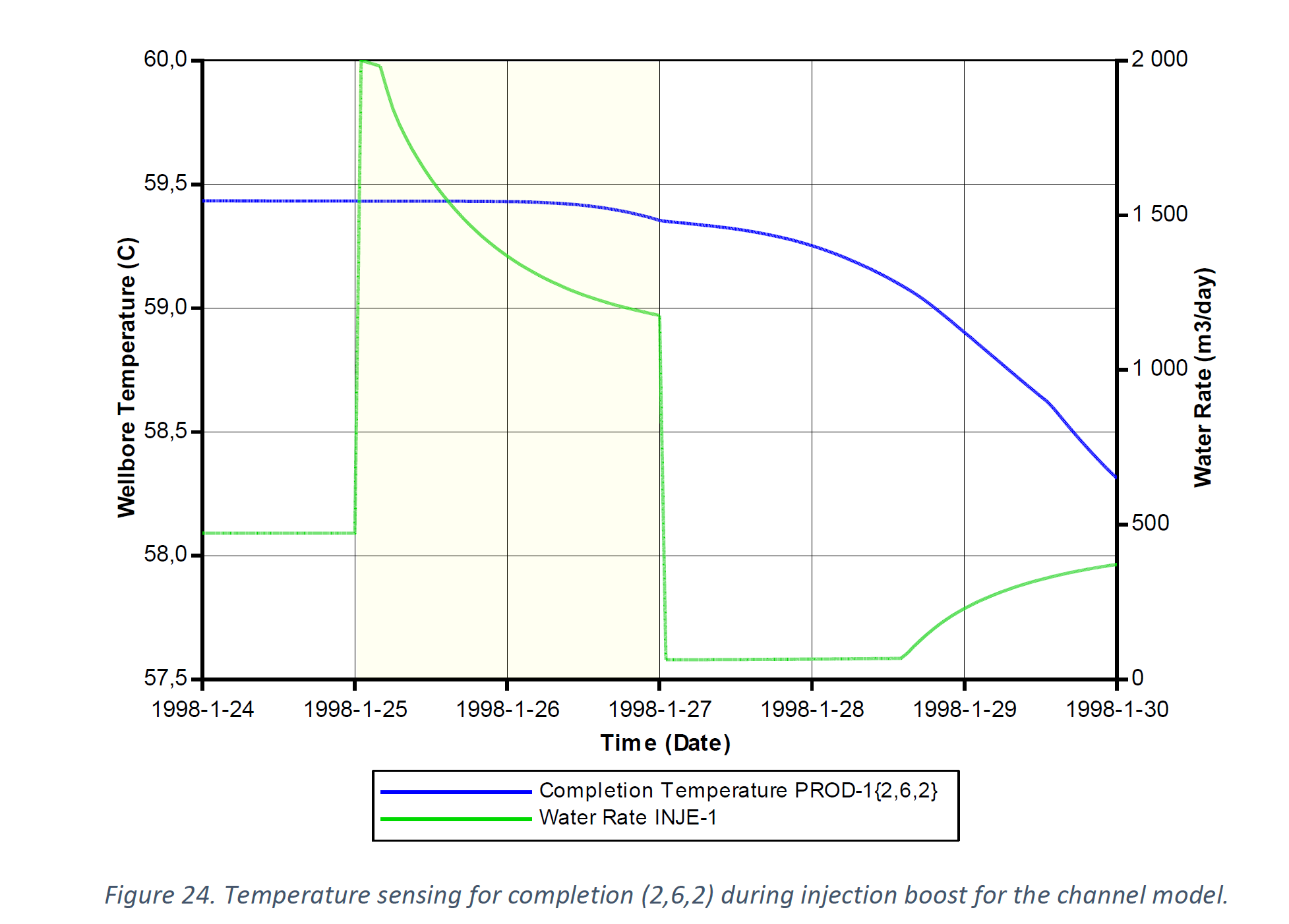Reservoir Characterization and Conformance Control from Downhole Temperature Measurements
Temperature plays an important role in reservoir development since it affects fluid and formation properties and it is especially important for EOR deployment.
Downhole temperature measurements have been available for many years. However, there is still potential for better interpretation of temperature readings to obtain valuable information about the reservoir. This study aims to evaluate how temperature readings may be used as a source of valuable information for better reservoir characterization, taking advantage of accurate downhole temperature measurements in real-time mode.
The purpose of this work is to contribute to a better understanding of practical use of transient temperature measurements and how they may be used as a tracer to identify flow trends between producer-injector pairs.
In the present study the thermal simulator STARS (CMG) was used to study temperature transient effects in mechanistic non-isothermal models. Several scenarios of reservoir environment were evaluated: homogeneous, vertically heterogeneous, channel (high permeable layer connecting injector-producer well pair) and fracture (high permeable blocks of low pore volume connecting injector-producer well pair).
Those models had been waterflooded for about ten years and then the injection rate was increased for a short period of time while the temperature response was being sensed in the producer. This boost in injection rate is precisely done in order to evaluate how temperature pulse reaches the production well. Simultaneously with the injection boost an aqueous tracer’s was injected for purposes of comparison between “temperature” and conventional tracers.
It was concluded that the fluctuations of cold water injection rate may generate temperature transient effects across the reservoir and, according to the reservoir properties (especially permeability and porosity), this drop may be observed in the producing well to identify certain types of reservoir heterogeneities such as a connecting fracture or high permeable channel. It was also observed that the temperature response time is faster in all cases compared to an aqueous tracer. Therefore, applying a cold water injection boost in a reservoir that has been waterflooded can be very useful for a further selection of an EOR treatment since this might help to identify fluid flow patterns more efficiently.
挪威斯塔万格大学

Figure 3. Thermal properties of common materials



